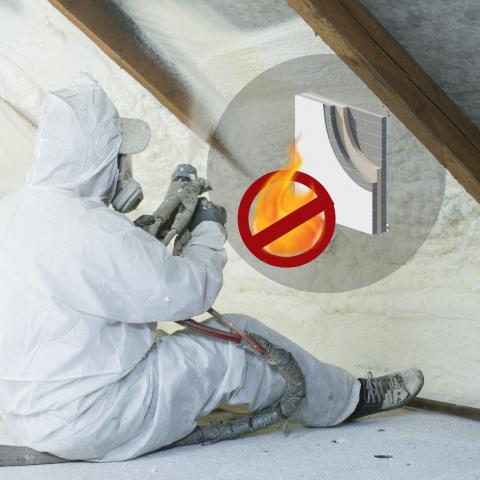Foam insulation has gained significant popularity in recent years due to its superior thermal performance and energy efficiency. However, one common concern among homeowners and builders is its cost. In this blog post, we will delve into the question, "Is foam insulation more expensive?" and provide a comprehensive analysis of its cost-effectiveness. By considering various factors and comparing it with other insulation options, we aim to provide you with a clear understanding of the financial implications of choosing foam insulation for your project.
- Understanding Foam Insulation:
Foam insulation, also known as spray foam insulation, is a type of insulation material that is applied as a liquid and expands into a foam, creating a seamless and airtight barrier. It offers excellent thermal resistance, minimizes air leakage, and provides superior moisture control compared to traditional insulation materials like fiberglass or cellulose. - Initial Cost vs. Long-term Savings:
While foam insulation may have a higher upfront cost compared to other insulation options, it offers significant long-term savings. Its superior thermal performance reduces energy consumption, resulting in lower heating and cooling bills. Additionally, the airtight seal created by foam insulation prevents drafts and moisture infiltration, reducing the risk of mold growth and potential damage to the building structure. These long-term benefits contribute to cost savings over the lifespan of the building. - Energy Efficiency and Return on Investment:
Foam insulation's exceptional energy efficiency can lead to a substantial return on investment. By reducing heat transfer and minimizing energy loss, foam insulation helps maintain a consistent indoor temperature, reducing the workload on heating and cooling systems. This translates into lower energy bills and potentially higher resale value for the property. - Durability and Maintenance:
Foam insulation is known for its durability and longevity. Unlike traditional insulation materials, foam insulation does not settle or degrade over time, ensuring consistent performance throughout the building's lifespan. This eliminates the need for frequent insulation replacements or maintenance, further contributing to cost savings. - Environmental Impact:
Foam insulation is also an environmentally friendly choice. Its energy-saving properties reduce greenhouse gas emissions associated with heating and cooling, contributing to a more sustainable future. Additionally, foam insulation is free from harmful chemicals like CFCs and HCFCs, making it safe for both occupants and the environment.
Conclusion:
In conclusion, while foam insulation may have a higher initial cost, its long-term benefits and cost savings outweigh the upfront investment. Its superior thermal performance, energy efficiency, durability, and environmental advantages make it a worthwhile choice for homeowners and builders. By considering the long-term financial implications and the numerous benefits it offers, foam insulation proves to be a cost-effective solution for insulation needs.




+ There are no comments
Add yours